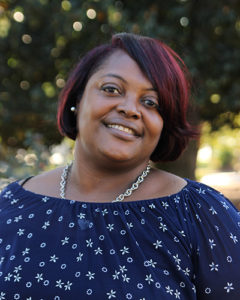
By Jackie Poindexter
Residential Manager
Recovery can be a process of discovery, rebuilding, and self-actualization, and that is not an easy path to walk. Emotions that have been buried for a long time will begin to rise to the surface. Sometimes healing requires revisiting the past, and that can bring up a wide array of emotions and feelings. There is one feeling in particular that we see over and over again in women that enter the Right Side Up program: shame.
Many of the women that come to Right Side Up feel a lot of guilt about the choices they have made and the relationships they have damaged. As the process of recovery begins, they have to finally face the things that they have suppressed for so long, and this process is often filled with guilt. However, there is an important difference between the feeling of guilt and the experience of shame.
Author and researcher Brené Brown puts it this way: “The difference between shame and guilt is the difference between ‘I am bad’ and ‘I did something bad’.” Guilt is about what you’ve done, but shame takes a hit at who you are. Shame embeds itself in one’s soul, and it can destroy you from the inside out.
The disease of addiction can cause a cycle of shame. Shame about the past can be a push towards alcohol or drugs, and shame about addiction can feed lies about who you are as a person, which can lead to deeper addiction. Breaking this shame cycle is crucial to the process of recovery, and it often starts with forgiveness. First, forgiving yourself for the mistakes that you’ve made and realizing that they absolutely do not define who you are. Second, forgiving others who have hurt you, releasing bitterness, and moving forward into wholeness and renewal.
This is much easier said than done. Often, this process includes a lot of anger and lashing out. Why? Because it is much easier for these women to be angry than it is for them to confront the shame. Anger can be externalized and directed at other people, but shame lives on the inside, and it must be fought with self-acceptance, which can be a huge struggle for anyone, especially those affected by addiction.
At Right Side Up, we use our community to combat the power of shame. The best way to fight shame is to talk about it. After years of research on shame and vulnerability, Brown says this: “Shame needs three things to grow exponentially in our lives: secrecy, silence, and judgement.” So we begin to break the pattern of secrecy that fuels addiction.
One of the most powerful tools that someone has when they enter recovery is their story. The therapeutic community is a safe place for vulnerability and empathy, and many of the stories that these ladies bring to the table are woven together with common threads. There is a sisterhood here that turns struggle into progress. When you have the courage to show up and tell other people your story, you are being an agent of change. You are tearing down the walls of secrecy and silence that have held you captive for so long.
Shame is a heavy burden to bear. It weighs you down over time, and if it is not dealt with, it can prove to be a huge roadblock in the journey to recovery. The only way to be free from shame is to acknowledge it within a supportive community, let it go, and take a step forward. We are only human, and the lies of shame may return from time to time, so we work hard to provide coping skills that will continue to work in the long-term.
We believe that recovery is a lifestyle, not a one-time fix. It starts with the courage to show up and take the first step. It continues with a community of honesty and empowerment. Each person has the power to own their story and to reframe the past in a way that allows them to learn from mistakes and move forward into a better future. It is a trying journey, but a crucial one, and at Right Side Up, you will not walk it alone.
